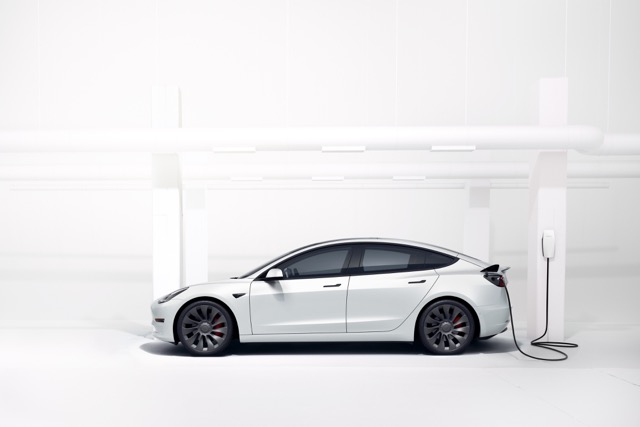
Here's how much range Tesla EVs lose in the first three years
Tesla results suggest Model Y and Model 3 real-world range drops significantly in the first 1,000 days.



Totally agree. Not sure where recurrent gets their numbers... maybe from those guys who drive 80-85 mph only ?The 70% of EPA as the real world range when the car is new is way off.
